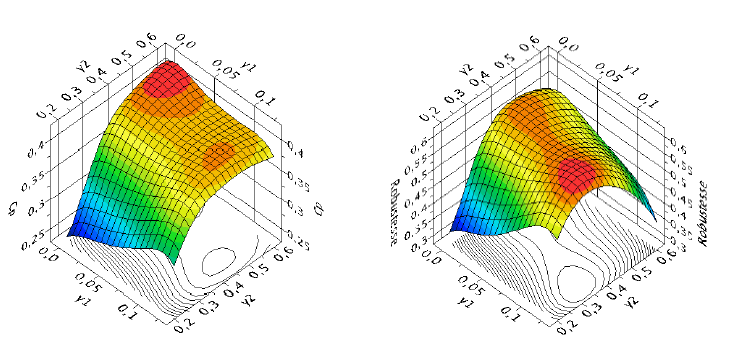Profiling for Efficiency
A free application note on how Optimus is used with MATLAB & Computational Fluid Dynamics to optimize blade profiles for wind turbines
A wind turbine’s most important purpose is the production of energy. Its efficiency is related to wind speed. The design of the blade profile should maximize their efficiency by obtaining the highest possible pressure coefficient, while assuring the efficiency robustness taking into account the variability of the unsteady air flow. This application note shows how Optimus is used to automate the CFD analysis process and to modify blade profiles to optimize aerodynamic behavior of the wind turbine.
Simulation facts
Using fluid dynamics simulation software, such as STAR-CD, to predict aerodynamic behavior of wind turbine blades, an efficient and accurate analysis process can be set up, focusing on improving blade efficiency. Unfortunately, this approach can only be used to validate designs. If the objective is to maximize blade efficiency, Optimus is needed to explore the entire design space, to provide deeper engineering insights and to identify designs that meet or even exceed design specifications with minimal computational effort. To make that possible, the entire simulation workflow is formalized using the Optimus graphical user interface.

Solution approach
Based on the engineering workflow, a number of well-planned experiments is executed using state-of-the-art Design of Experiments techniques. Optimus then fits mathematical Response Surface Models through the generated data set, to build surrogate models. These surrogate models help the engineer to better understand and estimate the effect of the design inputs on aerodynamic efficiency, and ultimately make it possible to maximize aerodynamic efficiency.

TO FIND OUT MORE, DOWNLOAD YOUR COPY!
Download your copy »©2025 Noesis Solutions • Use of this website is subject to our legal disclaimer
Cookie policy • Cookie Settings • Privacy Notice • Design & Development by Zenjoy